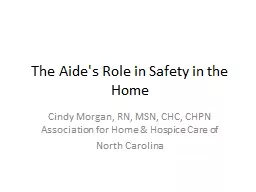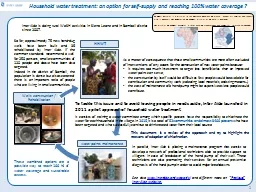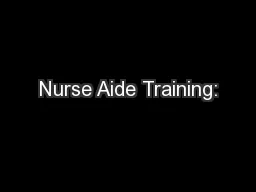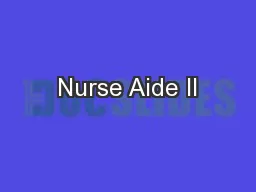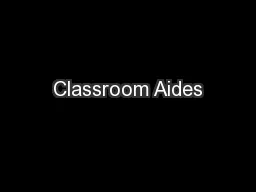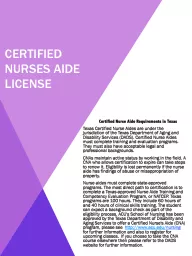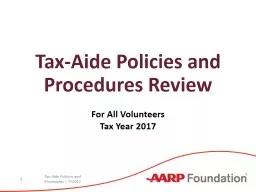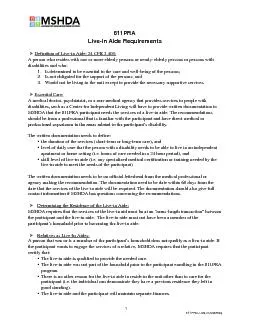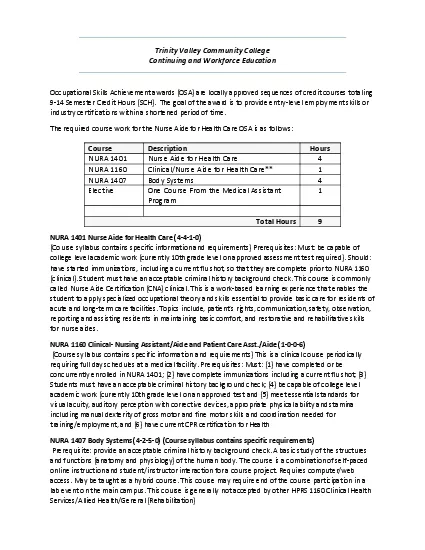PPT-The Aide's Role in Safety in the Home
Author : test | Published Date : 2018-10-28
Cindy Morgan RN MSN CHC CHPN Association for Home amp Hospice Care of North Carolina Objectives What does safety mean List safety hazardsconcerns encountered in
Presentation Embed Code
Download Presentation
Download Presentation The PPT/PDF document "The Aide's Role in Safety in the Home" is the property of its rightful owner. Permission is granted to download and print the materials on this website for personal, non-commercial use only, and to display it on your personal computer provided you do not modify the materials and that you retain all copyright notices contained in the materials. By downloading content from our website, you accept the terms of this agreement.
The Aide's Role in Safety in the Home: Transcript
Download Rules Of Document
"The Aide's Role in Safety in the Home"The content belongs to its owner. You may download and print it for personal use, without modification, and keep all copyright notices. By downloading, you agree to these terms.
Related Documents

